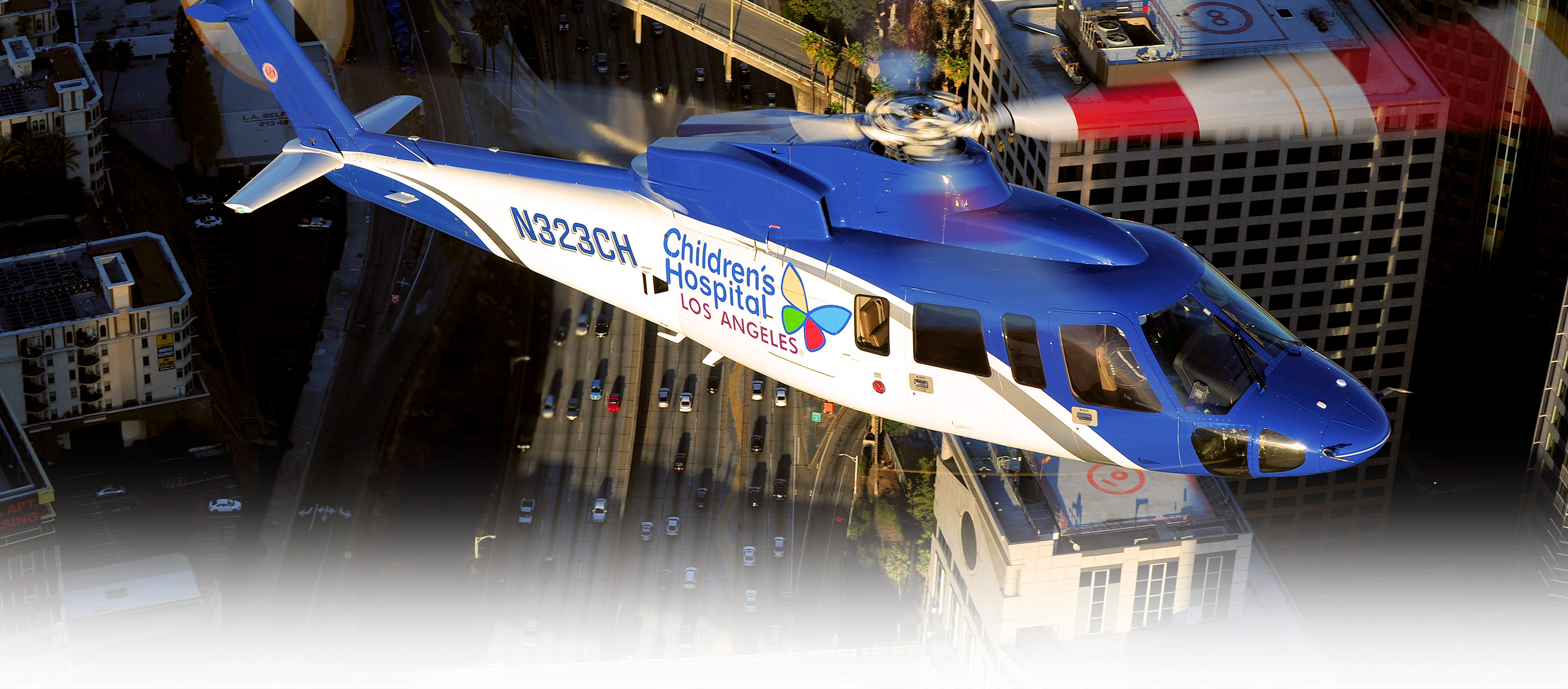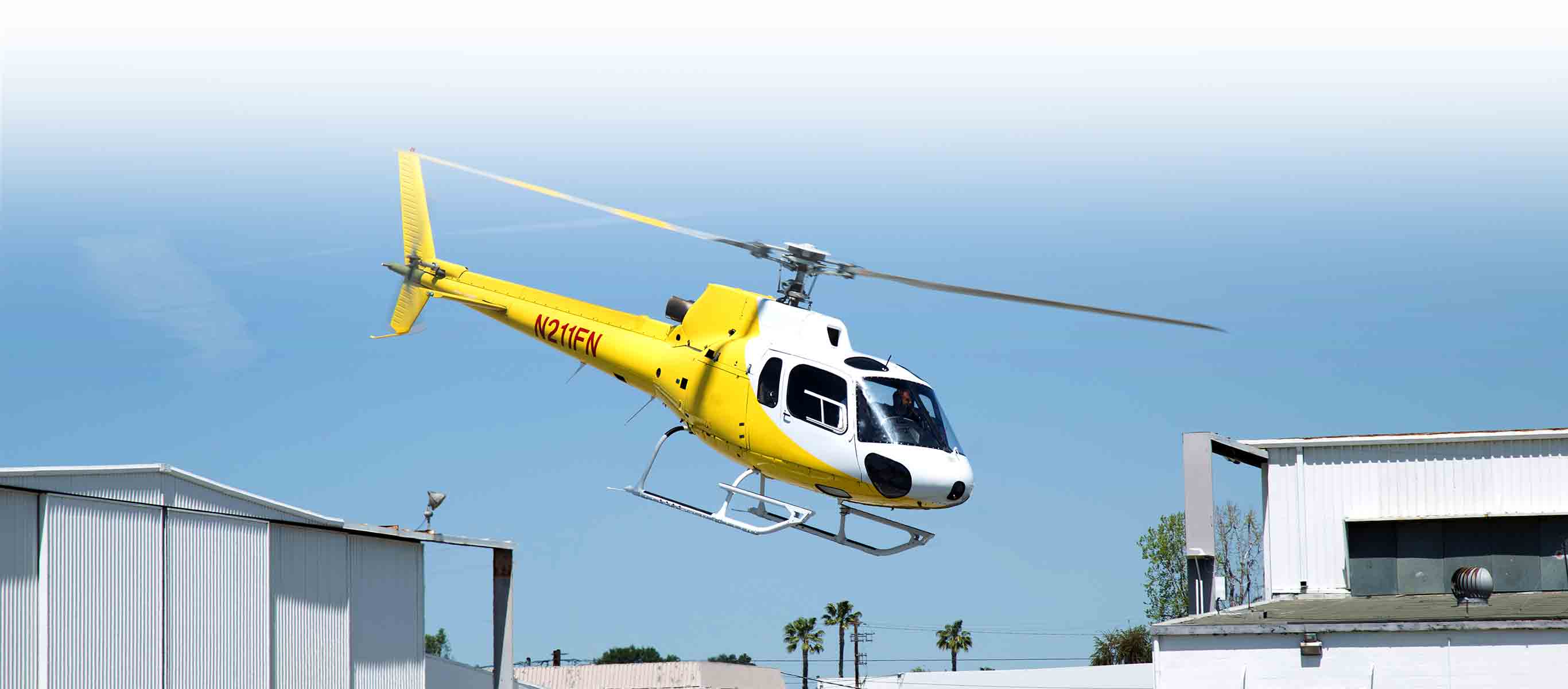
Safety
Helinet is a highly respected Los Angeles helicopter operator and widely recognized for our uncompromising commitment to safety. We understand the rigorous requirements of each market we serve and have the experience to complete each mission in the safest manner in full compliance with all FAA regulations. We maintain various programs, including a fully functional Safety Management System Program and Safety Award Program, to assure the safety of all ground and flight operations.
Our in-house flight followers are on-site 24/7/365, utilizing state-of-the-art flight and weather tracking systems to ensure the success of each mission. Additionally, they receive in-house training as well as recurrent training with the International Association of Medical Transport Communications Specialists.
Our highly skilled pilots regularly undergo in-house recurrent training, as well as training with outside specialists Eurosafety International and CAE Simuflite, for each airframe they fly. Helinet uses customized computer software that automates all aspects of aircraft maintenance, record keeping, and operations scheduling, including, pilot flight, duty and rest times.
Having an impeccable safety record has made us the aviation choice of top local and national hospitals, news stations, production companies, and law enforcement agencies, among others. Contact us at your convenience to learn more.

Noise Abatement Procedures
Van Nuys Airport and tenants have worked together to reduce noise impacts to the surrounding communities. You can review these procedures here: noise reduction programs.
Helinet has developed an internal Fly Neighborly program to provide a set of standards for its pilots to help decrease potential noise effects on the communities they fly above.
These techniques include:
- Avoid noise sensitive areas altogether; when possible, utilize routes with inherently high levels of ambient noise or unpopulated areas.
- Maintain an altitude as high as reasonably practical.
- Fly at altitudes that will minimize the effects on the surrounding areas.
- Avoid blade slap and sharp maneuvers.
- Use steep take-off and descent profiles.
- Vary the routes; repetition contributes to disruption.
- While on departures, utilize maximum power settings and best rate of climb airspeeds.
- Observe specified routes while performing approaches and departures at medical facilities.
- Adhere to published noise abatement approaches and departure procedures when flying in and out of airports and heliports.
